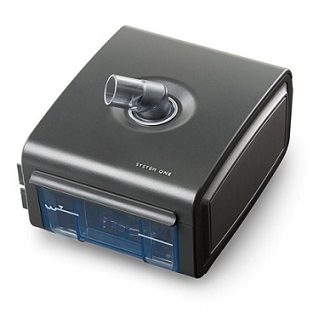A humidifier is a device that increases humidity (moisture) in a single room or an entire building. In the home, point-of-use humidifiers are commonly used to humidify a single room, while whole-house or furnace humidifiers, which connect to a home’s HVAC system, provide humidity to the entire house. Medical ventilators often include humidifiers for increased patient comfort. Large humidifiers are used in commercial, institutional, or industrial contexts, often as part of a larger HVAC system.
Low humidity may occur in hot, dry desert climates, or indoors in artificially heated spaces. In winter, especially when cold outside air is heated indoors, the humidity may drop to as low as 10–20%. This low humidity can cause adverse health effects, by drying out mucous membranes such as the lining of the nose and throat, and can cause respiratory distress.[1] The low humidity also can affect wooden furniture, causing shrinkage and loose joints or cracking of pieces.[2] Books, papers, and artworks may shrink or warp and become brittle in very low humidity.[3]
In addition, static electricity may become a problem in conditions of low humidity, destroying semiconductor devices, causing static cling of textiles, and causing dust and small particles to stick stubbornly to electrically charged surfaces.[4]
Overuse of a humidifier can raise the relative humidity to excessive levels, promoting the growth of dust mites and mold, and can also cause hypersensitivity pneumonitis (humidifier lung).[5] A relative humidity of 30% to 50% is recommended for most homes.[6] A properly installed and located hygrostat should be used to monitor and control humidity levels automatically, or a well-informed and conscientious human operator must constantly check for correct humidity levels.







Reviews
There are no reviews yet.